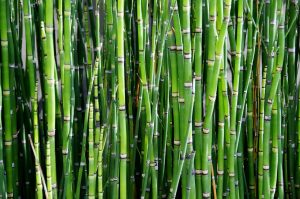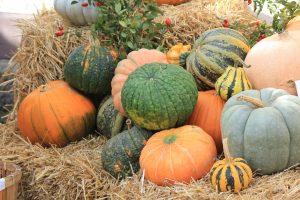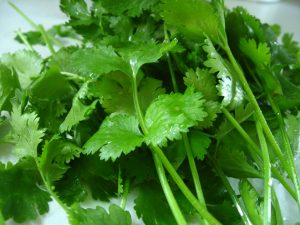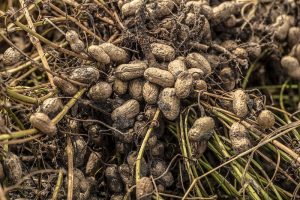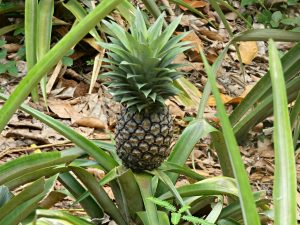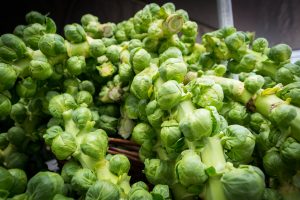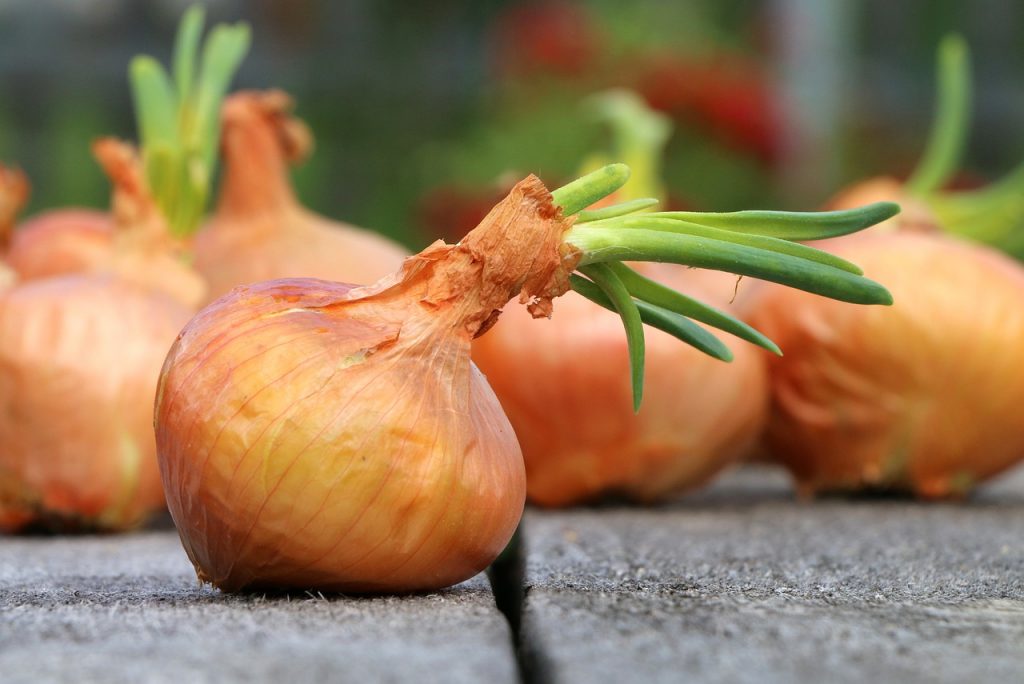
Onions are a versatile and essential ingredient in many dishes. If you are interested in growing your onions, you will need to plan carefully and put in the necessary effort. In this article, we will guide you through the process and share some helpful tips for growing onions.
Choosing the Right Onion Variety
One of the first steps in growing onions is selecting the right variety. There are three main types of onions: short-day, intermediate-day, and long-day onions. Each type of onion requires a specific number of daylight hours to form bulbs.
Types of Onions
Short-day onions require 10-12 hours of daylight and are best suited for warm and humid regions. These onions are typically smaller in size and have a sweeter taste compared to other varieties.
Intermediate-day onions need 12-14 hours of daylight and are ideal for areas with mild winters. These onions are medium in size and have a slightly pungent flavor.
Long-day onions require 14-16 hours of daylight and are best grown in regions with cold winters. These onions are typically larger in size and have a stronger flavor compared to other varieties.
Determining the Best Onion for Your Region
Choosing the right onion variety for your region is crucial for a successful harvest. If you live in a warm and humid region, short-day onions are your best bet. On the other hand, if you live in an area with mild winters, intermediate-day onions are the way to go. If you live in a region with cold winters, long-day onions are your best option.
It’s important to note that soil type, pH levels, and temperature also play a role in determining the best onion variety for your region. Consult with a local gardening expert or agricultural extension office for more information on growing onions in your area.
Now that you have a better understanding of the different types of onions and which variety is best suited for your region, you’re one step closer to a successful onion harvest!
Preparing the Soil for Onion Planting
Onions are a staple ingredient in many dishes and can be grown in your own backyard. However, to ensure a successful harvest, it is essential to prepare the soil properly.
Onions grow best in well-draining soil, which means you need to prepare the soil properly. This is because onions do not like to sit in water and can easily rot if the soil is too wet.
Soil Requirements
The pH level of the soil should be between 6.0 and 7.0, making it slightly acidic. You can test the pH level of the soil using a soil testing kit. Onions require a soil that is rich in organic matter, which provides the necessary nutrients for growth.
It is important to note that onions are heavy feeders and require a lot of nutrients to grow properly. If the soil is not rich in organic matter, you can add compost, manure, or leaf mold to the soil to provide the necessary nutrients.
Testing and Amending the Soil
Before planting onions, it is essential to test and amend the soil. This will ensure that the soil is suitable for growing onions and will provide the necessary nutrients for growth.
You need to add organic matter such as compost, manure, or leaf mold to the soil. These materials give your plants the necessary nutrients while improving the soil drainage ability.
It is important to mix the organic matter into the soil thoroughly. This can be done using a garden fork or a rototiller.
Preparing the Planting Area
Clean the planting area and remove all weeds and debris, making sure the area is free of any competition with other plants. Onions do not like to compete with other plants for nutrients and space.
If you’ve prepared your soil correctly, you might not need any further tilling or disking of the soil. Doing so can lead to weed growth. However, if the soil is compacted, you can use a garden fork or a rototiller to loosen the soil.
It is also important to ensure that the planting area receives enough sunlight. Onions require at least 6 hours of sunlight per day to grow properly.
By following these steps, you can prepare the soil properly for onion planting and ensure a successful harvest.
Planting Onion Seeds, Sets, or Transplants
Onions are a versatile and flavorful addition to any garden. They can be grown from seeds, sets, or transplants, and each method has its own advantages. Here are some tips to help you get the most out of your onion planting experience.
Starting Onion Seeds Indoors
Starting onion seeds indoors is a great way to get a head start on the growing season. To begin, fill a seed tray with a good quality seed-starting mix. Plant the seeds about 1/4 inch deep and cover them with a thin layer of soil. Keep the soil moist and warm, and the seeds should germinate in about 7-10 days.
Once the seedlings have emerged, you can thin them out to ensure that each plant has enough space to grow. When the seedlings are a few inches tall, you can transplant them outside. Be sure to harden them off first by gradually exposing them to outdoor conditions over the course of a week or so.
Planting Onion Sets
Onion sets are a convenient way to get your onion crop started quickly. They are small, immature onions that have been grown from seed the previous year. You can find them at most garden centers and nurseries. To plant onion sets, simply push them into the soil so that the tip is just above the surface. Space them about 4-6 inches apart in rows that are 12-18 inches apart.
Onion sets are a good choice if you want to grow larger onions, as they have a head start on the growing season. They are also less susceptible to disease and pests than onion seeds.
Transplanting Onion Seedlings
If you don’t want to bother with starting seeds indoors, you can also transplant onion seedlings directly into the garden bed. You can find seedlings at most garden centers and nurseries, or you can grow your own from seeds and transplant them when they are a few inches tall.
When transplanting onion seedlings, be sure to space them about 4-6 inches apart in rows. Onions prefer a loose, well-draining soil, so be sure to work in plenty of compost or other organic matter before planting.
By following these simple tips, you can enjoy a bountiful onion harvest in no time!
Caring for Your Growing Onions
Caring for your growing onions can help ensure a healthy crop. Onions are a versatile and flavorful vegetable that can be used in a variety of dishes, from soups and stews to salads and sandwiches. Whether you’re growing onions for personal use or for sale, proper care is essential for a successful harvest.
Watering and Fertilizing
Onions require ample water to grow well, especially during the bulb development phase. 1-2 inches of water a week is sufficient. However, it’s important not to overwater your onions, as this can lead to rot and disease. In addition to water, you can also add fertilizer to provide extra nutrition for the onion bulbs. A balanced fertilizer with equal amounts of nitrogen, phosphorus, and potassium is ideal for onion growth. Be sure to follow the manufacturer’s instructions for application rates and timing.
It’s also important to note that onions are heavy feeders, meaning they require a lot of nutrients to grow. If you notice that your onions are not growing as well as they should be, it may be a sign that they need more fertilizer.
Weed Control and Mulching
Weed control is essential for the health of your onions. Weeds compete with your onions for resources and can stunt their growth. Hand weeding is the most effective method of weed control, but it can be time-consuming. Adding a layer of mulch around the onions can help prevent weed growth and reduce the amount of water needed. Organic mulches, such as straw or leaves, are ideal for onion beds, as they also provide additional nutrients as they break down.
It’s important to note that while mulch can help prevent weeds, it can also trap moisture and lead to rot if not applied correctly. Be sure to keep the mulch away from the base of the onion plants to prevent moisture buildup.
Pest and Disease Management
Onions can be susceptible to pests and diseases such as thrips, onion maggots, and blight. These pests and diseases can cause significant damage to your onion crop if left unchecked. To prevent infestations, it’s important to monitor your plants regularly. Look for signs of damage, such as yellowing or wilting leaves, and inspect the bulbs for signs of rot or disease.
If you notice any signs of infestation, use insecticides and fungicides to keep pests and diseases at bay. There are many organic options available that are safe for use on edible crops. Be sure to follow the manufacturer’s instructions for application rates and timing, and always wear protective clothing and gloves when handling chemicals.
By following these tips for caring for your growing onions, you can help ensure a healthy and bountiful harvest. With proper care and attention, your onions will be a delicious addition to your meals for months to come.
Conclusion
Growing onions can be a rewarding experience. It requires careful planning, proper soil preparation, and adequate care to ensure a good harvest. By following the tips outlined in this article, you can successfully grow your onions and enjoy fresh, flavorful onions in your cooking.

